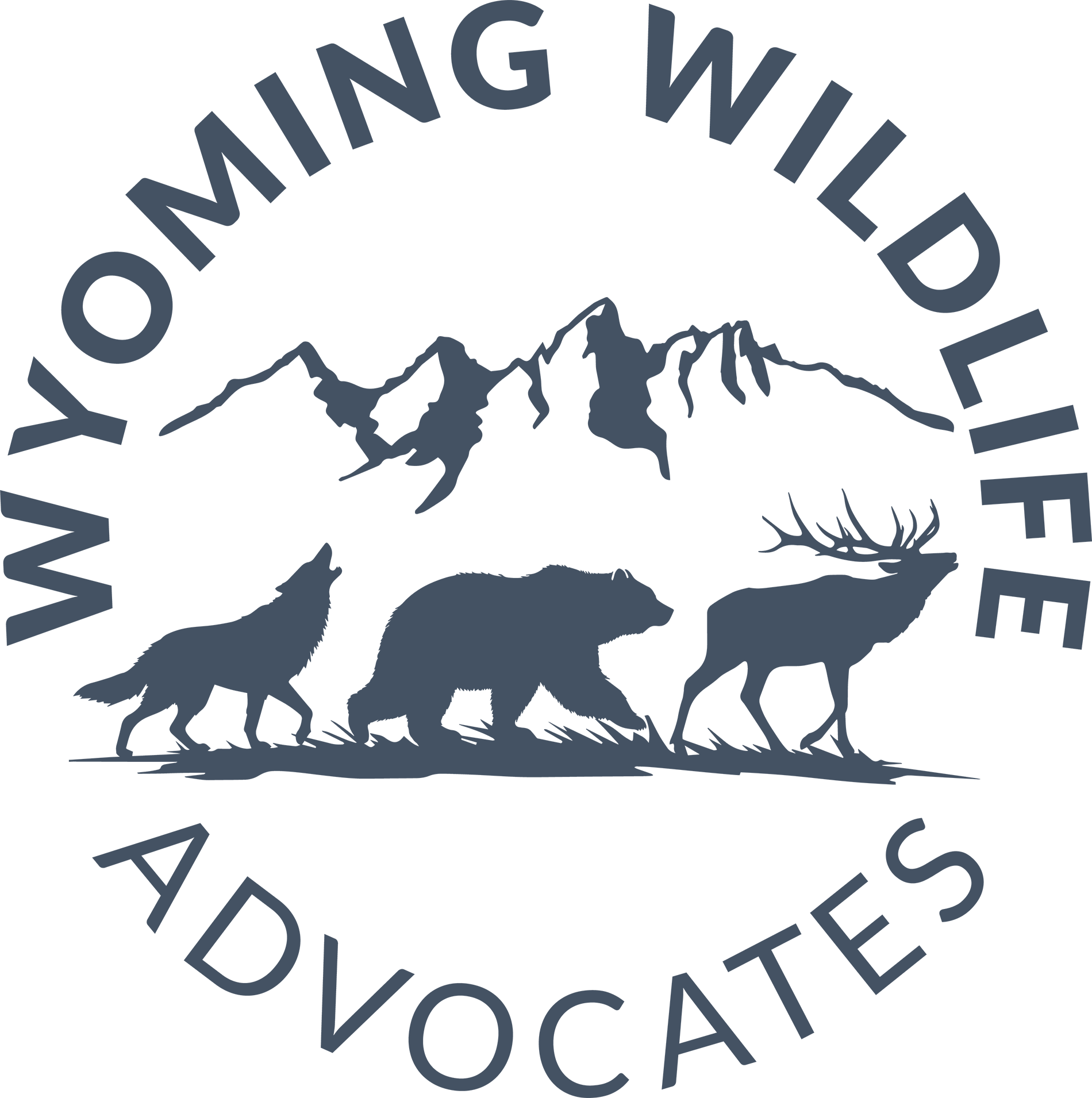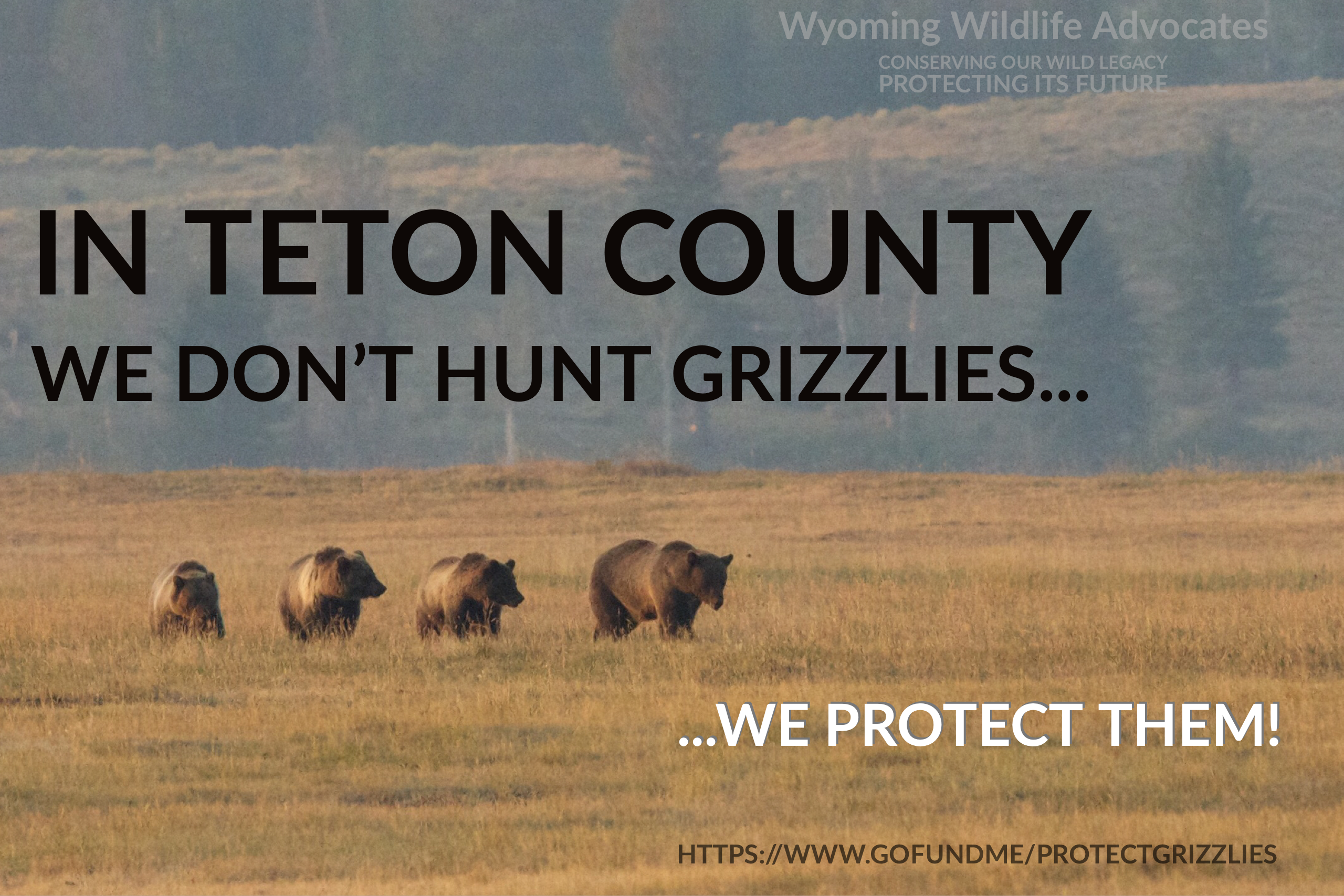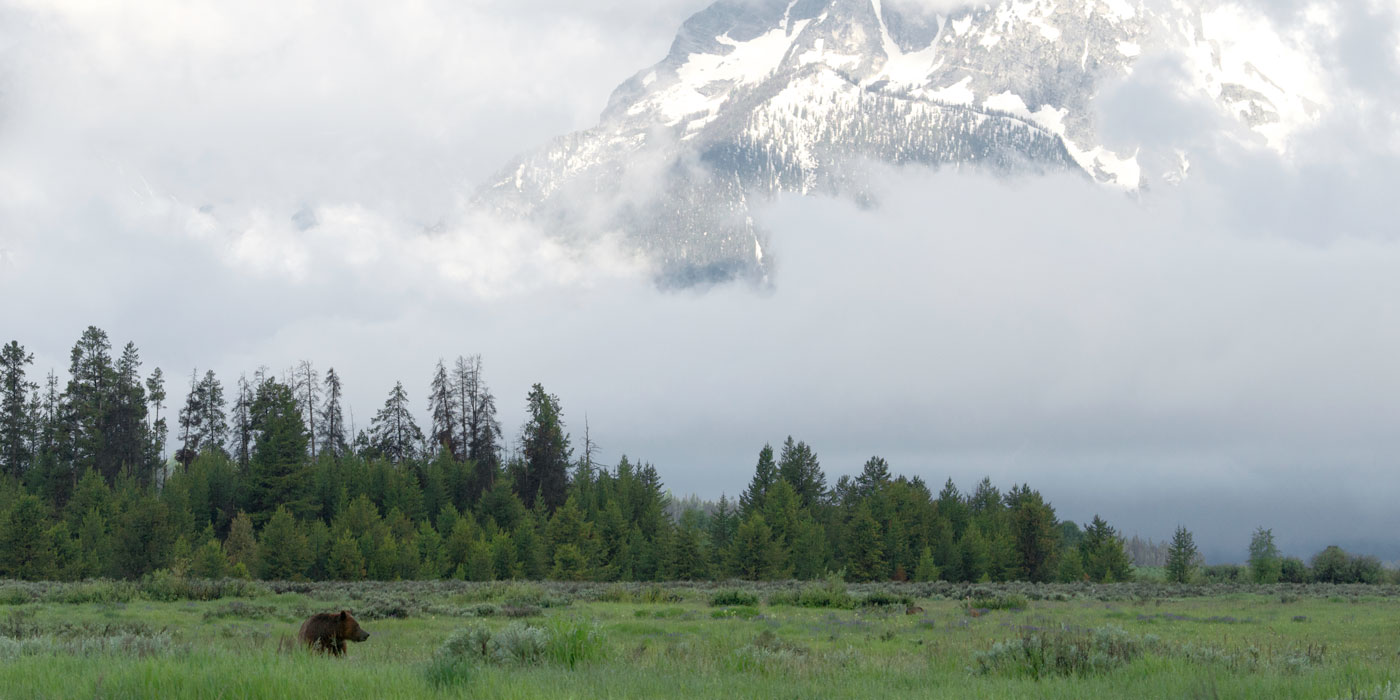What’s the hurry? That’s how mistakes get made.
by Rick Bass/High Country News | AUGUST 10, 2017
There are maybe a thousand reasons to urge restraint on the part of the state of Montana — that it not rush into allowing trophy hunting of Yellowstone grizzly bears.
The first is prudence, to avoid the risk of an economic boycott of the kind that Alaska experienced when it proposed wolf hunting back in the early ’90s. Science, too, should be an element in this discussion, despite the false testimony in the state Legislature that Montana’s grizzly populations are freely exchanging genes. This is simply not true; Montana’s three grizzly populations are more isolated than ever, not less.

When the Yellowstone grizzly population is truly recovered, a key sign will be that more bears leave Yellowstone and travel successfully across their former range to breed with other populations. That is not happening now — not in Yellowstone, not in the Northern Continental Divide Ecosystem, and certainly not in the Yaak Valley. There, the Forest Service has declared its intent to execute another kind of “taking” by giving passive authorization to trail building on public land. Trails mapped and co-opted by a thru-trail hiking association, the Pacific Northwest Trail Association, will send thousands of thru-hikers into the heart of designated endangered Yaak grizzly habitat.
Another reason why Montana shouldn’t leap into killing grizzlies is that the planning for hunting the bears has not been deliberate or thorough. You might almost say that the state’s wildlife agency is behaving in a half-cocked manner. What will become of wounded bears that go back into the park? What will Montana deer and elk hunters do if they come upon wounded bears in our woods? No one knows.
Multi-state management of Yellowstone grizzly habitat that encompasses millions of acres is the definition of balkanization, especially after the tribes and many federal biologists are cut out of the discussion. Montana doesn’t need to be a leader in this kind of fragmented management, which exudes more of the scent of politics than science or emergency management measures.
What’s the rush? This is how mistakes get made. For instance, many of the proposed hunting districts west of Yellowstone are in the very corridors grizzlies would be using to accomplish one of the goals of their not-yet-achieved recovery — expansion into other ecosystems, such as the Bitterroots.
But perhaps the clearest reason not to rush into a trophy season may be the most bureaucratic: No one knows if Interior Secretary Ryan Zinke’s order to delist the grizzly will hold up in court. Some scientists have compelling scientific data — not just math and numbers, but true science — showing the scale and dynamics of a population in peril. Age demographics of the Yellowstone population, distribution by age and sex, isolation from all other populations, and the collapse of the whitebark pine are all very real parts of this science, weakening dramatically the one-dimensional — though easily digestible — snapshot-in-time numbers.
Modeling by David Mattson, former member of the Interagency Grizzly Bear Committee and former biologist for the U.S. Fish and Wildlife Service, shows that a grizzly trophy hunt would result in adult male grizzlies becoming extinct in the Yellowstone ecosystem outside park boundaries within eight years.
Another issue is global warming, which has not been scientifically factored into the delisting and hunting proposal, but is instead being brushed entirely aside as a non-issue. This would not be surprising in a Donald Trump administration, but Montana is its own place, independent and, many of us like to think, fairly wise. Implicit in the decision by the U.S. Fish and Wildlife Service to drop grizzlies from the endangered species list is the assertion that global warming isn’t really happening, and that even if it is, it’s not a bad thing.
Regardless of where one stands on the issue of trophy-hunting Yellowstone’s grizzlies, I’d like to know how it helps bears, or for that matter Montanans, to open a hunting season we know full well is quite likely going to trigger an injunction from environmental groups, possibly culminating in a legal reversal. It seems like a lot of unnecessary effort and energy and stress.
For now, the state of Montana should do the prudent thing, and abide. We don’t have to be in a rush to be the first to be wrong, certainly not with so vital and integral an ecological driver as the grizzly. The rush to get a hunting season out this year is unseemly. If this were a less politicized animal, one wonders whether a more involved discussion and examination would take place.
These are hard times. Leadership with dignity and caution is greatly desired in this matter, as is the wisdom of the courts. Much has been said on both sides of the issue, but nothing has been decided yet. In the meantime, the rush to a trophy grizzly hunt makes no sense.
Rick Bass is a contributor to Writers on the Range, the opinion service of High Country News. He is a writer and board member of the Yaak Valley Forest Council.






